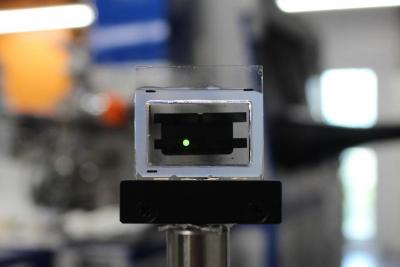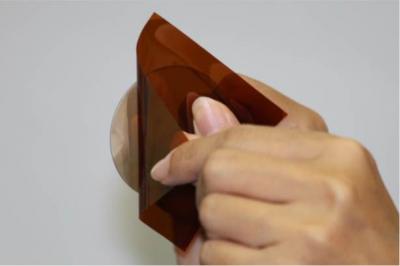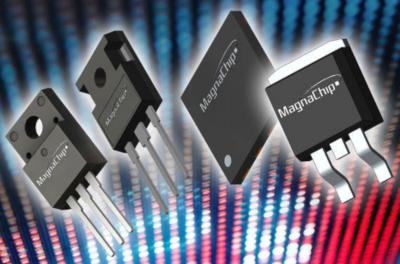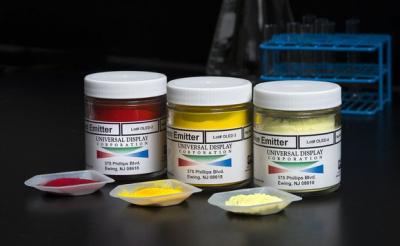Researchers use perovskites to create efficient and cost-effective thick OLED devices
Researchers from Japan's Kyushu University developed new OLED devices made by integrating OLED emitters with thick layers of hybrid perovskite materials. The researchers say that such a device structure to enable lower-cost production and better viewing angles in OLED displays.

OLED devices usually use a very thin layer of organic materials, as these are poor conductors, which makes production more difficult and also leads to cavity effects which distorts the emission color. The thick perovskite-OLED hybrid layer (which is around 2,000 nm thick) are more easily processed compared to thin film layers while still being highly conductive.







